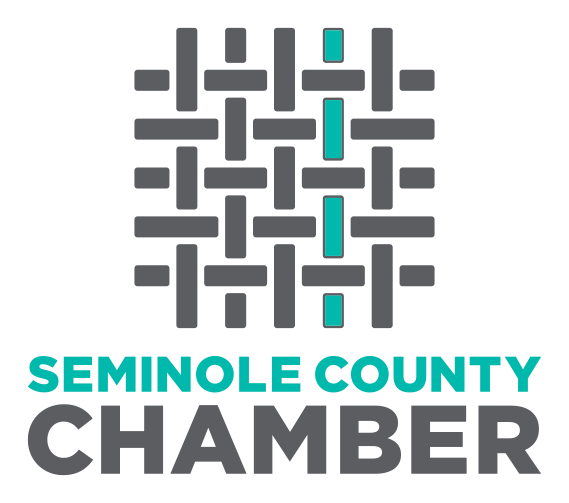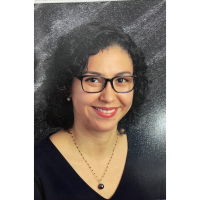Growing up is never easy. But it’s a whole lot harder when you’re caught between two cultures at home and at school, and – more often than not – are surrounded by people who don’t share or understand your own background. As a teacher, I’ve seen many of my students struggle in the face of a one-size-fits-all approach to education … and it’s also something I’ve experienced firsthand.
When I was young, my brother and I moved with our mother from Colombia to Queens, New York, where she raised us as a single parent. But even though we were 4,000 miles and a continent away from our homeland, we were always surrounded by our culture: Colombian neighbors, Colombian businesses, and Colombian food and music.
My mother was adamant that we spoke Spanish at home, and her home cooking was a celebration of our homeland: empanadas, arepas con queso, arroz con frijoles, and plenty of coffee. On Christmas, we didn’t wake up and look for presents from Santa; we waited for baby Jesus to be born at midnight on December 24th, because he was the one who would be bringing us our gifts.
Growing up as a child of two cultures, two languages, and two countries came with its share of challenges. But while my Colombian heritage set me apart, it also gave me the strength I needed to overcome life’s obstacles and pursue my dreams – studying applied mathematics in college and later becoming a high school math teacher.
Now, I represent the “other side” of that culture gap: the American school system. Many of my students are in the same position now that I was as a kid. They’re trying to keep up with their classmates while learning in a language that isn’t their native tongue, and they’re adapting to an unfamiliar culture while trying to stay connected to their roots. As a support facilitator, I’m responsible for helping to bridge that gap.
Over the course of my career, I’ve learned that my own heritage can be a strength. For children, it helps to have a teacher who understands what they’re going through. For parents, it can be a huge relief to know there’s someone involved with their child’s education who speaks their language and can voice their concerns. I can translate and provide resources and – just as important – I can empathize with the challenges they face.
Often, a little understanding is all it takes to change the course of someone’s life. While I was working at a charter school for students who aged out of high school, I met a young woman who had just moved to the United States from Spain. She was intelligent, hardworking and eager to succeed – but because she spoke no English, she was struggling to earn her diploma.
As the only teacher who spoke her native language, I was her only chance at graduating. So we got to work. I tutored in math class and other courses to help her keep up with her classwork. Within two years, her English improved dramatically, and I had the honor of seeing her embark on her first year of college at Valencia College.
And while we often think of “otherness” as a challenge to overcome, I believe our differences are worth celebrating. Our heritage can be a source of incredible pride, inspiration and connection. One of my favorite annual events at Seminole Charter School is “International Night,” which offers both students and faculty the opportunity to share their own culture, learn more about others and explore all the unique facets we each bring to the table.
As teachers, we’re called to do our best to ensure that students have everything they need to succeed – not only in school, but in life and in society. Part of that responsibility lies in teaching students skills like graphing an equation, writing a research paper or playing a musical instrument. But another, no less critical, duty is to understand and embrace diverse heritage … and to give every kid the chance to achieve their full potential.
Yady Rodriguez is a support facilitator at Orlando Science Schools' Seminole campus.
Seminole Science Charter School
-
Becc Lester-Beam Community Outreach Coordinator
- September 25, 2023
- (407) 268-3727
- Send Email



